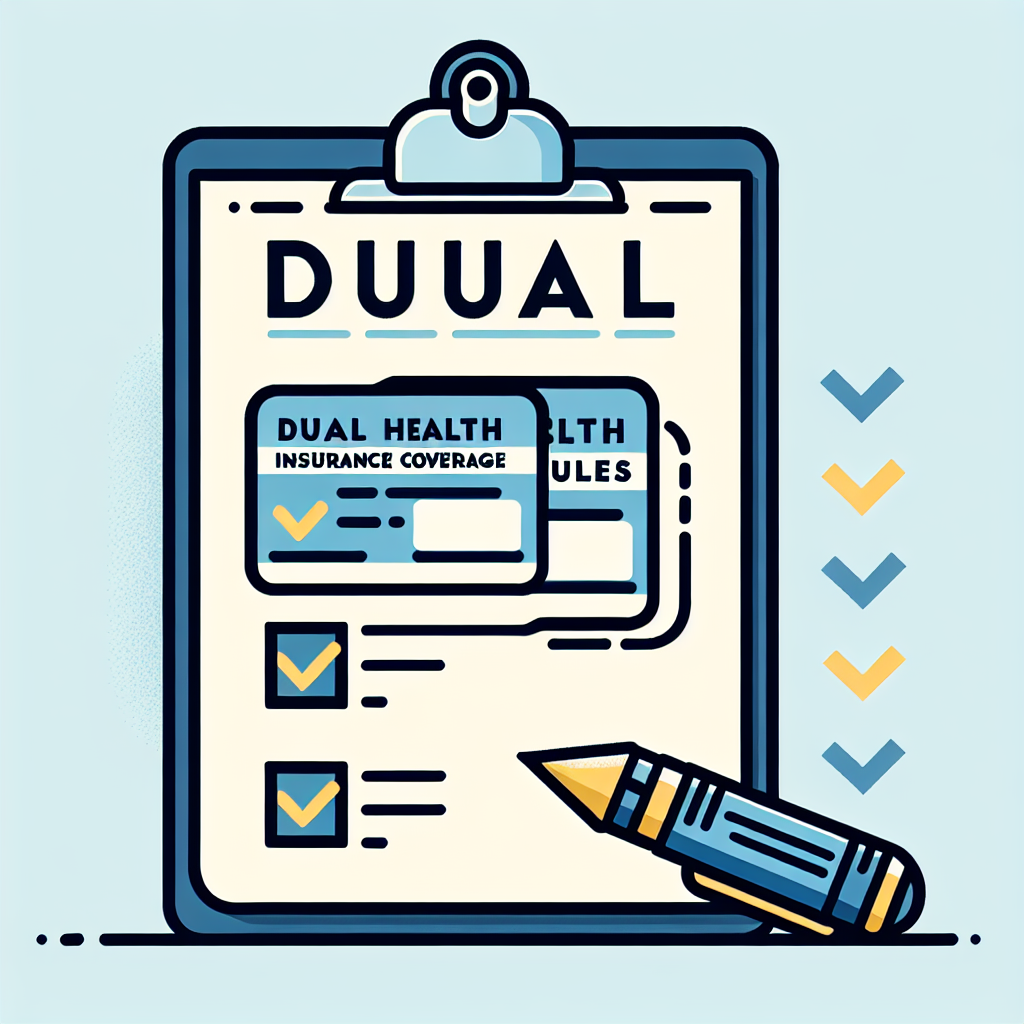Filed under Health Insurance on
Exploring New Health Insurance Marketplace Options

The world of health insurance is undergoing rapid changes, fueled by shifting legislation, technological advancements, and consumer demands. In the mix of this evolution, a standout feature is the emergence of new health insurance marketplace options. Whether you're an individual veteran in navigating health insurance or a newcomer perplexed by the options, understanding these new avenues can significantly impact your healthcare journey and finances.
Understanding the Health Insurance Marketplace
The health insurance marketplace is a pivotal platform, often synonymous with the Health Insurance Exchange, introduced to offer a streamlined platform for individuals, families, and small businesses to compare, purchase, and learn about various healthcare plans. Managed by state or federal government bodies, these marketplaces are intended to simplify the insurance-buying process by providing a centralized location where users can find transparent and comparable information on available policies.
The introduction of the Affordable Care Act (ACA) marked a historical turning point in healthcare reform, birthing these marketplaces with the aim to enhance accessibility and affordability of healthcare across the United States. However, as the landscape of health insurance continues to evolve, myriad new marketplace options are now available, each tailored to meet diverse needs and preferences.
Why are New Marketplace Options Emerging?
There are several reasons driving the emergence of new marketplace options:
- Technological Advancements: Today's digital age has fostered the development of more sophisticated platforms that can personalize and simplify the user experience.
- Demand for Flexibility: Individuals are seeking more customized insurance plans that can flexibly adapt to their unique lifestyle and health needs.
- Regulatory Changes: Legislative changes continue to reshape the healthcare landscape, prompting the need for adaptations in existing structures.
- Competition and Innovation: With the rise of insurtech (insurance technology) companies, the competition demands innovations that better cater to consumer needs.
Exploring New Marketplace Options
1. State-Based Exchanges
State-based exchanges serve as an alternative to the federal marketplace, offering customized plans tailored to the specific needs of a state's residents. They have been instrumental in introducing innovative options that are often unavailable on the federal platform.
Example: California's "Covered California" marketplace has spearheaded efforts in offering expanded Medicaid coverage and fostering partnerships with healthcare providers to deliver enhanced services at competitive rates.
2. Private Exchanges
Private exchanges are competitive platforms launched by private entities. They offer an alternative arena for purchasing insurance that often provides more choice and flexibility in plan options.
Example: With companies such as Aon and Mercer establishing their own marketplaces, consumers have access to additional benefits and wellness programs that go beyond what traditional exchanges offer, including gym memberships and supplemental income protection.
3. Association Health Plans
Association Health Plans (AHPs) allow small businesses and self-employed individuals to band together to purchase insurance akin to large-group plans.
Example: Professional associations or local chambers of commerce offer AHPs that provide more comprehensive coverage options at a reduced price due to the risk pool's increased size.
4. Healthcare Sharing Ministries
These are faith-based groups where members collectively share medical expenses. While not traditional insurance, they're aligned with the community-based assurance structure.
Example: Organizations like Medi-Share facilitate the sharing of funds among members to cover medical costs, albeit with some restrictions based on religious or moral beliefs.
5. Short-Term Medical Insurance
These plans offer temporary coverage spanning from a few months up to three years, covering emergencies and unforeseen illnesses.
Example: Consider a freelance graphic designer who requires health coverage for only a short period between full-time engagements. Short-term medical insurance offers a stopgap solution to ensure continued coverage without long-term commitment.
Practical Tips for Navigating New Marketplace Options
- Understand Your Needs: Assess your health needs and financial situation to determine the type of coverage that aligns best with your lifestyle.
- Research Thoroughly: Utilize resources like comparison tools available in marketplaces to weigh pros and cons, remembering to consider both premium costs and out-of-pocket expenses.
- Leverage Professional Guidance: Consulting with health insurance brokers or advisors can provide deeper insights and clarify complex aspects of different plans.
- Stay Informed of Deadlines: Enrollment periods vary for federal, state, and private exchanges. Ensure you are aware of timelines to avoid lapses in coverage.
- Review Financial Assistance Options: Depending on your income level, subsidies or tax credits may be available, significantly easing the financial burden of insurance costs.
Real-Life Implications
Consider the case of Emma, a self-employed writer who recently turned 30. For years, she had relied on a minimalistic insurance plan despite the occasional scare in emergencies. With new health insurance marketplace options available, she explored association health plans to mitigate her rising healthcare costs. The plan not only provided comprehensive coverage but also quarterly health assessments to catch potential issues early—a benefit she found invaluable and which ultimately steered her towards a healthier lifestyle.
On the flip side, Robert, a 58-year-old nearing retirement, decided to utilize healthcare sharing ministries. While he had to navigate certain lifestyle limitations, the community support and reduced costs offered a viable solution during his transition to retirement.
Conclusion
The introduction of new marketplace options is a testament to the ever-evolving healthcare landscape. Empowering yourself with awareness and understanding of these options can significantly optimize your health and financial outcomes. As the industry continues to innovate and adapt, keeping informed remains your best strategy in ensuring security and peace of mind with your health insurance decisions.
Frequently Asked Questions
-
What is the difference between state-based exchanges and the federal marketplace?
State-based exchanges are run by individual states and may offer plans tailored to specific regional needs. The federal marketplace operates at a national level, providing a broader array of plan options but not necessarily as customized as state-based exchanges.
-
Are private exchanges more expensive than public options?
Private exchanges can sometimes offer more variety and additional benefits that might come at a premium. However, they also facilitate more competitive pricing and flexibility in plan selection, potentially making them cost-effective for certain users.
-
Can anyone participate in a healthcare sharing ministry?
Healthcare sharing ministries generally require participants to align with specific religious or moral beliefs. Hence, they may not be open to everyone, and potential members usually undergo a vetting process.
-
Is short-term medical insurance a good long-term solution?
Short-term medical insurance is designed as a temporary solution and may not cover comprehensive or pre-existing conditions. It's not ideal for long-term use but can be beneficial in specific short-term scenarios.
-
How can I find out if I'm eligible for financial assistance when purchasing insurance?
Eligibility for financial assistance is often determined by your income and household size. You can visit the marketplace website or consult with an advisor to assess potential subsidies or tax credits available to you.





